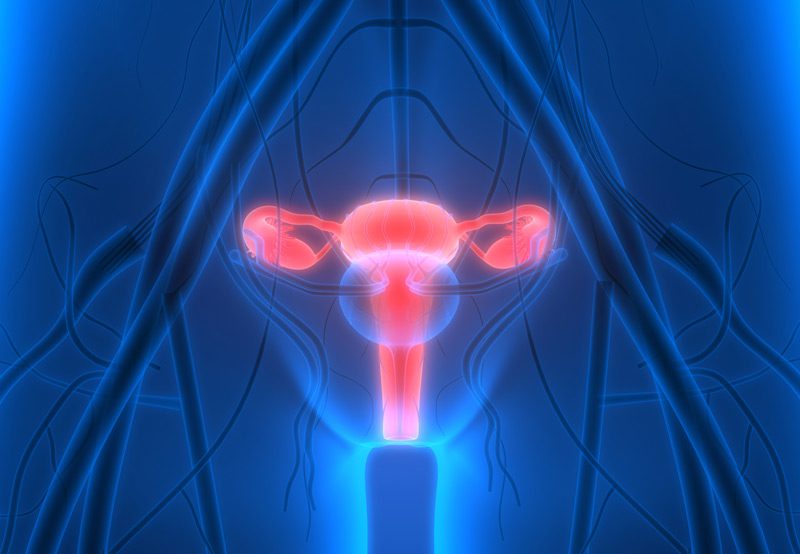

Structural abnormalities, scarring, and chronic pain can significantly impact female sexual function. In some cases, non-surgical treatments may not provide sufficient relief, and surgical interventions such as lysis of clitoral adhesions, vestibulectomy, and other corrective surgeries may be necessary to correct anatomical issues contributing to pain or dysfunction. By restoring normal anatomy and function, these surgeries can alleviate pain, enhance sensitivity, and improve sexual confidence.
Surgical Treatment Options
- Lysis of Clitoral Adhesions: The clitoral hood can develop adhesions due to scarring, chronic inflammation, or hormonal changes. These adhesions can restrict clitoral mobility, reduce sensation, and contribute to arousal difficulties or orgasmic dysfunction. Lysis of clitoral adhesions is a minor surgical procedure that removes these restrictive bands, restoring natural clitoral function and improving sexual response. This intervention can benefit women with FOD and FSAD who experience diminished sensation or difficulty achieving orgasm.
- Vestibulectomy: Women with vestibulodynia often experience severe pain at the vaginal entrance, making penetration difficult or impossible. A vestibulectomy involves surgically removing the affected tissue in the vestibule to eliminate pain and restore comfort during intercourse. This procedure is particularly beneficial for women with vulvodynia, vestibulodynia, and dyspareunia who have not responded to conservative treatments.
- Perineoplasty: Scarring or muscle tightness in the perineum, often from childbirth or previous surgeries, can cause pain and tension that affects sexual function. Perineoplasty can release scar tissue and restore normal muscle function, reducing pain associated with dyspareunia and vaginismus.
- Hymenectomy or Hymenal Revision: An overly thick or rigid hymen can cause pain and penetration difficulties, contributing to vaginismus and dyspareunia. A hymenectomy or revision removes excess tissue, allowing for more comfortable intimacy.
- Correction of Vaginal Stenosis: Postmenopausal vaginal atrophy, scarring from previous procedures, or radiation therapy can cause vaginal narrowing, leading to pain and reduced elasticity. Surgical interventions can restore vaginal width and flexibility, improving comfort and sexual function.

Restoring Sexual Function
Surgical interventions can be an effective option when pain, scarring, or anatomical restrictions interfere with arousal, comfort, or orgasm. By addressing the underlying structural issues, these procedures can:
- Relieve chronic pain associated with vestibulodynia, vulvodynia, dyspareunia, and vaginismus.
- Improve clitoral sensation and sexual responsiveness for women with FSAD or FOD.
- Enhance vaginal comfort and elasticity, especially in cases of postmenopausal vaginal atrophy.
- Reduce distress and sexual avoidance caused by persistent pain or dysfunction.
Next Steps
For women who have exhausted non-surgical treatment options, surgical correction may provide lasting relief from sexual pain and dysfunction. A thorough evaluation can determine whether surgical intervention is the best approach for restoring comfort, sensitivity, and confidence in sexual health.
